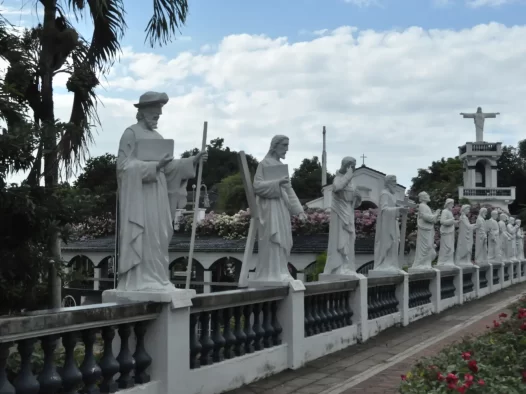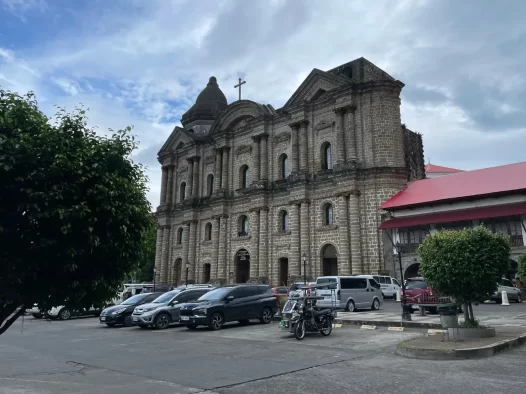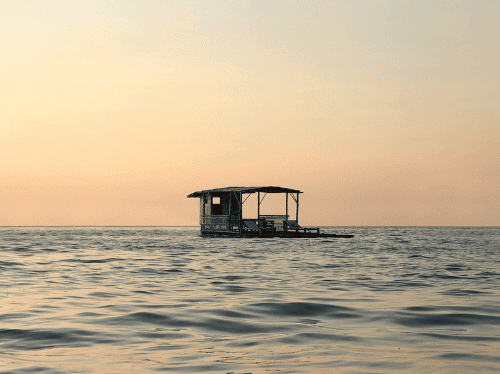Malvar
Located in the northeastern region of Batangas Province, the Municipality of Malvar is surrounded by neighboring cities and municipalities, making it conveniently situated. It shares borders with the City of Tanauan to the north, the Municipality of Sto. Tomas to the east, the City of Lipa to the south, and the Municipality of Balete to the west.
With ongoing modern developments, Malvar continues to embrace progress, thriving as a hub for commerce, education, and industry, offering ample opportunities for growth and advancement.
Visitors to Malvar can indulge in a captivating blend of natural wonders, delve into its rich history, and engage in dynamic economic activities. The warm hospitality and charm of the locals add to the allure of this remarkable municipality.
As you explore Malvar, you will uncover a fusion of natural beauty, cultural heritage, and a promising future, making it an enticing destination worth experiencing firsthand.
History and Heritage
According to Ferdinand Blumentritt’s historical writings published in 1866, the origins of Malvar can be traced back to 1300 AD when Datu Puti, one of the Ten Datus who escaped from Sultan Makatunao of Borneo, settled in what is now Batangas Province. His descendants inhabited various regions including Laguna, Cavite, Bicol, and the area known as Luta, which was a barrio of the Municipality of Lipa.
Over time, Luta became an independent municipality encompassing the adjacent barrios of Payapa, Kalikangan, San Gallo, and Bilukaw. These barrios were later divided and given different names, reflecting the most influential or esteemed individuals in each locality.
Luta maintained its name due to a memorable legend. It was said that the name Luta originated from a beautiful maiden named Dayang-Dayang, the youngest daughter of Datu Banga, a descendant of Datu Puti and the chief of the tribe. She was adored by the inhabitants and fell in love with a Chinese man named Ling. However, her elder sister Kampupot became interested in Ling and, out of treachery and jealousy, caused the execution of Luta, who died in the arms of her Chinese lover. In honor of her sacrifice, the place was named Luta.
Luta played a significant role in the municipality’s journey towards its establishment. It was where the Samahang Mag-aararo, the pioneers of the movement, organized and nurtured the aspirations of the community. Through the dedication and perseverance of its members, with the assistance of Teodoro M. Kalaw, former Secretary of the Interior, Malvar was proclaimed a municipality on December 16, 1918, by the acting Governor General Charles B. Yeater. The municipality’s inauguration took place on January 10, 1919.
The town was named after General Miguel Malvar, the last Filipino General to surrender to the Americans, as a tribute to his contributions. Currently, Malvar is composed of fifteen barangays, including Bagong Pook, San Fernando, Santiago, San Andres, San Juan, San Isidro, Bilucao, San Pioquinto, San Pedro I, San Pedro II, San Gregorio, Luta Sur, Luta Norte, Poblacion, and Bulihan.
Today, Malvar is classified as a 2nd class municipality, combining its rich history, cultural heritage, and ongoing progress.
Climate
The rainy season starts in June and ends in November. When December comes, the people experienced a very cool dawn. The summer season on the month of March to the end of May.
If you prefer a hassle-free trip, you can rent a car or hire a private vehicle for more convenience and flexibility. Public transportation, such as buses and jeepneys, is also available and can be a more budget-friendly option.
Batangas: Where history, beauty, and resilience converge, creating a tapestry of captivating stories and unforgettable moments.
Nata De Coco Festival
The Nata de Coco Festival in Malvar is a vibrant celebration that pays homage to the town’s most beloved product, nata de coco. As the star of the festival, this translucent and jelly-like dessert, crafted from fermented coconut water, takes center stage, showcasing the exceptional craftsmanship and abundance of nata de coco production in Malvar. Throughout the festival, visitors are treated to a sensory feast, indulging in a multitude of nata de coco-infused delicacies, from refreshing drinks to delectable pastries and savory dishes. The festival also offers a glimpse into the meticulous process of nata de coco production, highlighting the dedication and expertise of the local producers. With lively performances, cultural presentations, and a joyous atmosphere, the Nata de Coco Festival is an immersive experience that celebrates the town’s culinary prowess and showcases the delectable wonders of nata de coco.



Local Attractions
Batangas in the Philippines offers a range of local attractions that cater to various interests. These are just a few of the attractions you can explore in Batangas. Whether you’re interested in history, nature, or relaxation, the city offers something for everyone.
Getting Around

Buses
Buses provide transportation for longer distances, connecting Batangas with other regions and provinces. These buses have designated terminals and offer a more comfortable option for longer journeys.
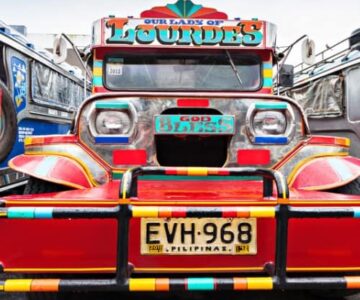
Jeepneys
Jeepneys are a staple mode of public transportation in the Philippines. They are colorful, elongated jeeps that can carry multiple passengers. Jeepneys follow specific routes and have fixed fares.
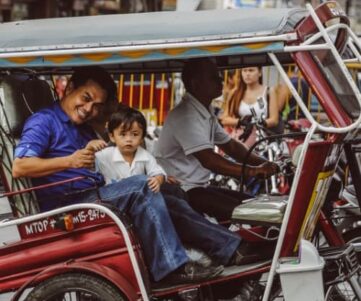
Tricycles
These motorized vehicles consist of a motorcycle with a sidecar, which can accommodate around 3 to 4 passengers. Tricycles are commonly used for short trips within the city, and fares are usually negotiable.

